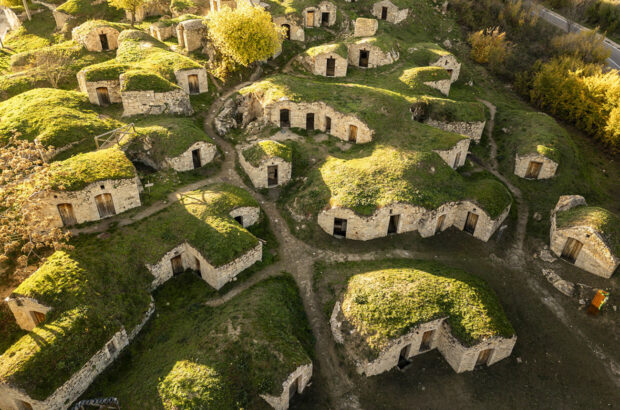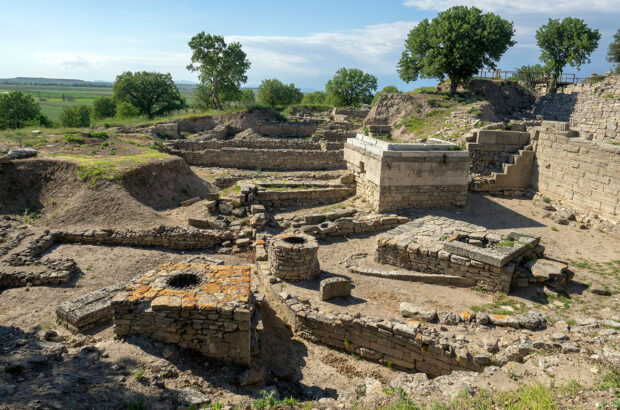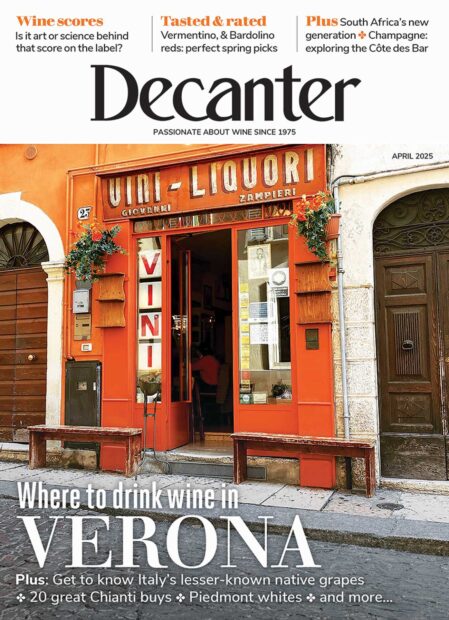The price of a wine is far more important than taste when it comes to the amount of pleasure the wine gives you, a study has found.
Most people prefer inexpensive to expensive wines when served them blind. But if they are given a price tag, even a false one, they will find the apparently costlier one more enjoyable.
The American Association of Wine Economists, in a paper published this week, reports on a series of 17 blind tastings that ended in February in which non-experts consistently preferred cheaper wines.
This finding reinforces the conclusion of a separate study published in January in which student volunteers, tasting blind, preferred the cheapest wine in the sampling.
They chose the most expensive when given price information, even though this information was in fact misleading.
The latest review finds even those with wine training, such as sommeliers, are only marginally likely to pick out pricier bottles as superior, say the authors.
They conclude, ‘both the prices of wine and wine recommendations by experts may be poor guides for non-expert wine consumers.’
The 17 tastings were organised by Robin Goldstein, an American food writer, who asked a total of 506 tasters to report on 523 different wines. They gave high ratings to ‘Two Buck Chuck’ – Charles Shaw Cabernet Sauvignon – and preferred Domaine Sainte Michelle, a Washington State sparkler costing $9.99, to a $150 Dom Perignon.
But when a price of wine is disclosed it has a powerful influence on perceptions, even if that price is a fake one.
A separate study from researchers at Stanford Graduate Business School involved duping 11 Caltech students wines with bogus price tags, saying a $90 bottle retailed at $10 tag.
The students were given five bottles to rate while undergoing brain scans using functional magnetic resonance imaging, or fMRI. Only three of the five bottles they tasted were in reality different wines. The others were distinguished only by pricing. Scanning showed that the more apparently expensive the wine, the greater the activity in the area of the brain thought to relate to pleasure, the medial orbitofrontal cortex.
But in a follow up tasting, without price information, the students rated the cheapest wine most highly.
Antonio Rangel, an associate professor at the California Insistute of Technology, led the study. He concludes: ‘the neural encoding of an experience is actually modulated by a variable such as price, which people believe is correlated with experienced pleasantness.’
Written by Patrick Matthews





